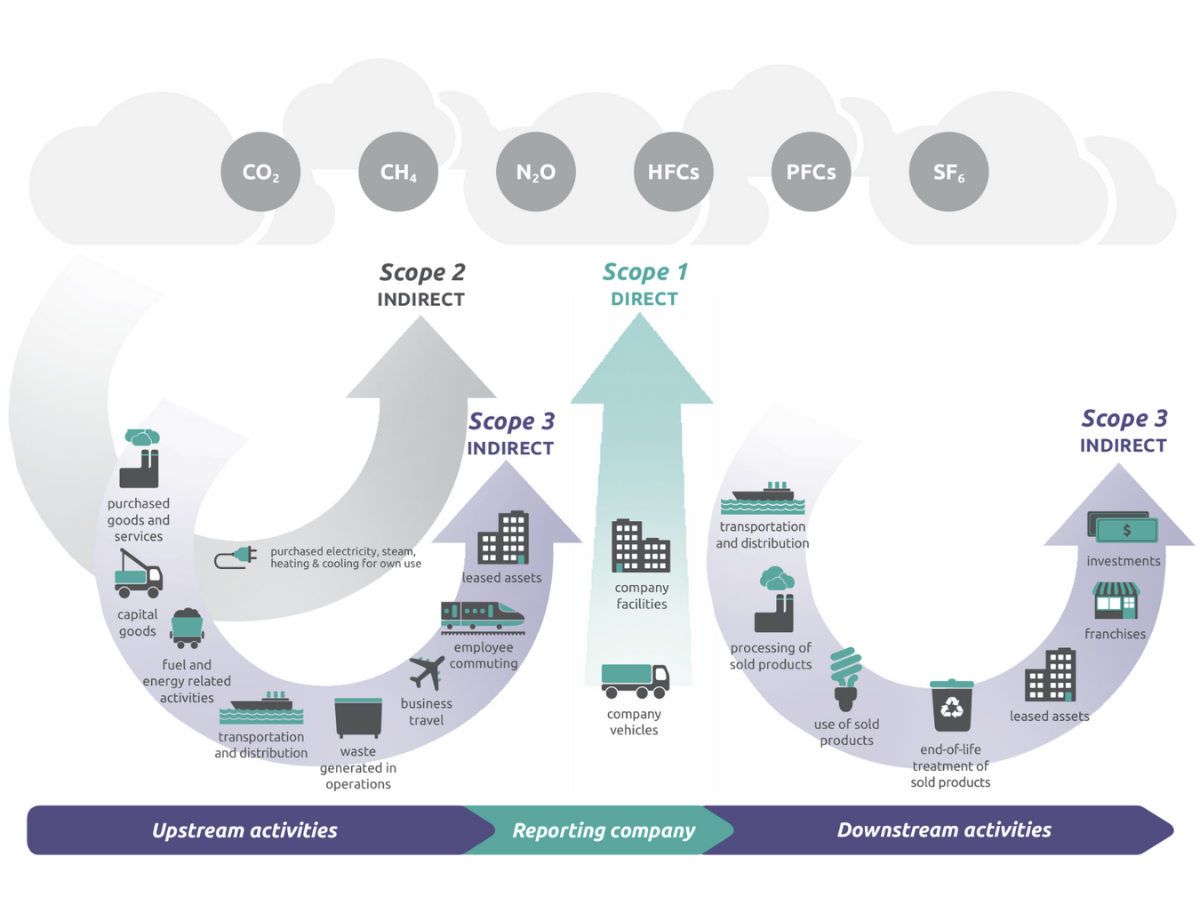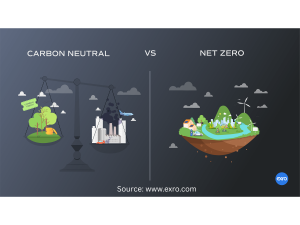Fighting climate change is urgent—but the language around it can be confusing. Among the most common buzzwords are carbon neutrality and net zero, often used as if they mean the same thing. They don’t. Beneath the surface, these terms describe distinct strategies for cutting emissions, each with its own costs, complexities, and long-term impacts.
Understanding the difference is essential for organisations, policymakers, and anyone serious about effective climate action—and for avoiding the trap of greenwashing. Let’s unpack what sets them apart.
Definitions
To keep things clear, let’s begin by defining these terms:
Carbon neutrality refers to a global-scale balance between anthropogenic greenhouse gas emissions and their absorption by natural or technological carbon sinks. This is often achieved through activities like reforestation, adopting carbon-reducing technologies such as carbon capture and storage (CCS), or buying carbon credits that support emission-reduction projects in other locations. This concept operates at the planetary level, requiring coordinated international action where emissions produced anywhere are offset by absorption mechanisms elsewhere on Earth.
Net Zero, conversely, applies to specific entities—countries, companies, or sectors—and demands a fundamentally different approach. It requires these entities to eliminate greenhouse gas emissions down to their residual or incompressible share—through measures such as shifting to renewable energy and improving energy efficiency, prioritising public and low-carbon transport, adopting sustainable production and consumption practices, and green services—following principles established by frameworks like the Science Based Targets initiative (SBTi). Only these unavoidable emissions can then be offset through carbon capture and removal projects.
Scale of Application
The most critical distinction lies in the scale of application. Carbon neutrality functions as a global ambition that can only be achieved through collective planetary action. No individual entity can claim true carbon neutrality in isolation, as this would require perfect emission balance within their own operations—a virtual impossibility for most organisations.
Net zero, however, is designed for organizational implementation. It recognises that individual entities must take responsibility for their specific emissions footprint while contributing to the broader global goal. This approach acknowledges that while perfect neutrality is impossible at the organisational level, meaningful emission reductions combined with high-quality offsets can create substantial climate impact.
Methodological Approaches
Carbon neutrality permits offsetting greenhouse gas emissions without necessarily requiring prior or simultaneous reduction. Organisations can theoretically claim carbon neutrality by purchasing carbon credits equivalent to their total emissions, using both:
- Avoidance credits (preventing emissions elsewhere)
- Capture credits (removing CO2 from the atmosphere)
To illustrate: avoidance credits are like reducing the size of holes in a sinking boat’s hull, while capture credits actually bail water out of the boat. Both are necessary, but only capture credits address the fundamental problem of excess atmospheric CO2.
An organisation cannot, on its own, achieve global carbon neutrality, but it can work toward—and contribute to—this collective goal by cutting its emissions and helping preserve natural carbon sinks. In practice, this means adopting a net-zero approach.
Net zero demands a reduction-first approach. Organisations must eliminate emissions to their incompressible minimum before any offsetting occurs. The Science Based Targets initiative (SBTi) provides the most rigorous net zero standard for organisations, requiring comprehensive coverage across three emission categories:
Direct emissions:
- Scope 1: Greenhouse gas emissions released directly from sources owned or controlled by the organisation
Indirect emissions:
- Scope 2: GHG emissions from purchased electricity, steam, heating, or cooling consumed by the organisation
- Scope 3: All other indirect emissions throughout the company’s value chain—including those from suppliers and procurement, employee commuting, business travel, transportation and distribution, as well as product use and end-of-life disposal.

Source: GHG Protocol
SBTi mandates companies include at least 95% of Scopes 1 and 2 emissions and 67% of Scope 3 emissions in their 2030 reduction targets, escalating to 95% coverage by 2050 to comply with the Paris Agreement objectives. Only then can residual emissions be offset, exclusively through carbon capture credits. This framework ensures net zero commitments are based on real, substantial emission reductions rather than offsetting alone.
Why Carbon Neutrality Claims Create Greenwashing Risks
Targeting carbon neutrality would allow organisations to offset all emissions without mandatory reduction requirements, creating significant greenwashing potential. Companies would claim “carbon neutral” status simply by purchasing carbon credits equivalent to their emissions—regardless of whether they have reduced their actual impact.
This approach would enable organisations to continue high-emission business practices while appearing environmentally responsible through offsetting alone. Unlike net zero, which demands substantial emission reductions first, carbon neutrality permits companies to maintain status quo operations and rely entirely on external offsets.
Regulatory bodies recognize this risk. France’s ADEME explicitly states that carbon neutrality “can never be achieved or claimed at the level of an actor, a product, a service,” while European Directive (EU) 2024/825 —also called the Green Claims Directive, which entered into force on 27 March 2024—now mandates verifiable environmental claims to combat such misleading practices.
Conclusion: Two Paths Working Together
Rather than competing approaches, net zero and carbon neutrality represent complementary strategies operating at different scales. Carbon neutrality remains the ultimate global goal, achievable only through collective planetary effort. Net zero provides the concrete, measurable pathway for organisations to contribute meaningfully to this global objective.
For organisations committed to genuine climate action, net zero represents the credible path forward. It demands real emission reductions, avoids greenwashing pitfalls, and aligns with regulatory requirements. When individual organisations implement genuine net zero strategies—dramatically reducing emissions and offsetting only irreducible remainders—they contribute directly to achieving planetary carbon neutrality. The choice is clear: while carbon neutrality defines our destination, net zero charts the course for getting there responsibly and effectively.
References:
What is the difference between Carbon Neutrality and Net Zero?
Carbon neutrality and net zero emissions, what is the difference? EcoTree
